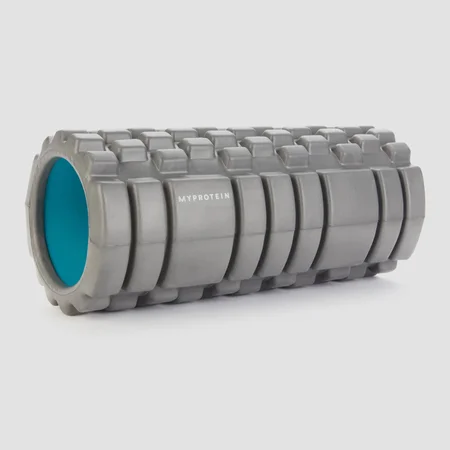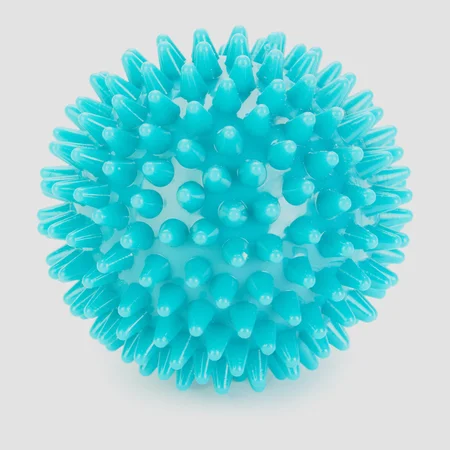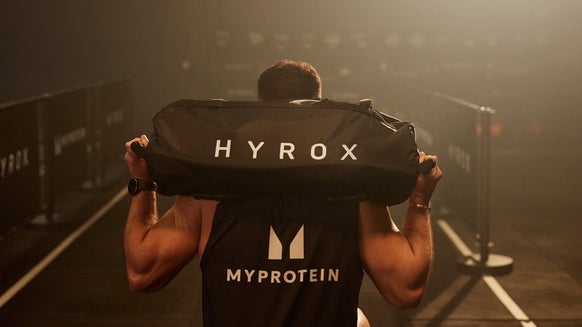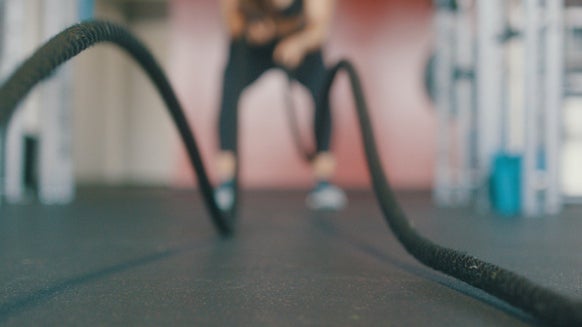How to Prevent Muscle Ache After Your Workout

After a workout, it’s not uncommon to experience delayed onset of muscle soreness (DOMS) – basically, when the soreness doesn’t hit you until the next day or later. Recovery is essential for optimal performance, so in this article, we’ll cover why you get DOMS and what you can do to reduce them.

Why do muscles ache after a workout?
When we exercise are muscles are loaded, regardless of the exercise you are doing. Of course, resistance training means directly loading specific muscles, but cardiovascular training such as running also involved high loads being experienced by the lower limbs.
This loading results in microtears occurring to the muscle fibres, which is a good thing because we want to rebuild those tissues to be stronger, but this can only be achieved with sufficient recovery.
All muscle contractions can result in microtears, but eccentric loading results in the greatest volume of muscle damage – this is when the muscle is lengthening under load (think of when you are slowly sitting into a squat with a heavy load on your back, the quadriceps and glutes are being eccentrically loaded here). Increased muscle damage is also associated with novel exercises when your muscles are not familiar with a load or movement pattern.
Increased muscle damage ultimately leads to an increased inflammatory response and influx of cellular fluid. Although this response is what we are trying to achieve, as it ultimately results in adaptation, this is the phase that results in pain. Prevention of muscle aches after your session essentially revolve around managing this response and managing pain.
How long does DOMS last?
DOMS typically onset around 12-72 hours after a bout of exercise. This means that you may feel relatively pain free for a while after your session. Once started, DOMS tends to worsen over time before improving – this is particularly prevalent when muscles have undergone heavy eccentric loading. Often, the painful sensation of DOMS tends to dissipate after 24-48 hours (after they have started), although this can be much longer, especially with novice exercisers, where DOMS can remain for around a week.
How can you prevent or reduce post-workout DOMS?
Unless you are a well experienced exerciser, it is likely that you will experience DOMS relatively frequently. Due to the physiological processes involved, it is not possible to prevent DOMS from occurring outright, but we can do our best to manage them by following the advice below:
Get in Some Light Movement
Once you have finished your exercise session and you are starting to experience DOMS, instead of remaining sedentary, try moving around, such as going for a walk. This can help to increase blood flow to the affected muscles, helping to facilitate the production of synovial fluid at joints and remove cellular waste with increased circulation. Not only can this help to reduce feelings of pain and stiffness, but the increased circulation can help to speed up the recovery process.
Stay Hydrated
Sufficient hydration can aid in recovery by helping to facilitate the efficient removal of cellular waste during the recovery process. It may not significantly speed up the eradication of DOMS, but sufficient hydration is reported to aid with acute feelings of pain and stiffness.
Stretching
Contemporary scientific literature concludes that stretching has negligible effects on the amount of DOMS experienced by an individual. However, this is a very individual approach, so if you feel like DOMS are reduced when you stretch, then go ahead! At the very least, it is likely to help reduce feelings of stiffness.
Get Enough Protein
Protein is used to build and repair structures in our body. Insufficient dietary protein means that you will not be supporting your body properly when it is trying to rebuild and repair the exercise induced muscle damage. The amount of protein you need will depend on your activity level, but supplementation can help you to hit your daily intake goals.
For more information, check out our article:
Use Heat or Ice for The Pain
Heat and ice work in different ways. When we apply heat to a muscle or joint, we increase the blood flow to the area. In relation to DOMS, this means that more blood can be transported to the affected muscles and thus more nutrients can be delivered to aid in the recovery process. Ice has the opposite effect, reducing blood flow and thus mitigating the inflammatory response, thus reducing the pain but also reducing the efficiency of our recovery.
Take it Easy with Your Workouts
Of course, to elicit a training adaptation, there will be times when we need to train harder and thus cause DOMS. Taking it easy means that you can keep your body moving and continue with your planned sessions while you have DOMS, but you should adapt the intensity of the sessions. This will allow your body to direct its resources to your recovery.
Foam Roll & Massage After Your Workout
Similar to stretching, scientific literature generally agrees that this approach has negligible effects on reducing or negating DOMS. It’s important to note though, many people use foam rolling as a form of massage for their muscles because it feels good. If this is true for you, then foam rolling is definitely a viable method to use, as we can block the pain signals when we apply massage to a painful area.

Get enough sleep
Criminally underrated, sleep is essential for recovery and adapting to your training. Sleep is one of the best times for your body to recover, so ensuring you get enough good quality sleep is essential to ensure you recover properly.
Avoid Anti-Inflammatory Painkillers
As previously mentioned, inflammation is part of the recovery process, so we want it to happen. Using NSAIDs (Non-Steroidal Anti-Inflammatory Drugs) blocks inflammation from happening, eliminating pain but also stopping the inflammatory response, thus preventing our muscles from recovering.
Warm Up
An effective warm up increases blood flow to the working muscles, aiding in the removal of waste from muscle cells and increasing the delivery of nutrients. Increased muscle and joint temperature can acutely improve mobility and reduce pain, whilst also preparing the body for exercise and helping us to mitigate the risk of injury during our workouts.
Take Home Message
You can’t prevent DOMS from occurring, as they are part of the physiological response to training, particularly for intense or novel exercises and novice exercisers. Following the advice in this article can help us to mitigate the negative feelings from DOMS and focus on maximising the effectiveness of our recovery, allowing us to optimally adapt to our training.
READ MORE HERE:







